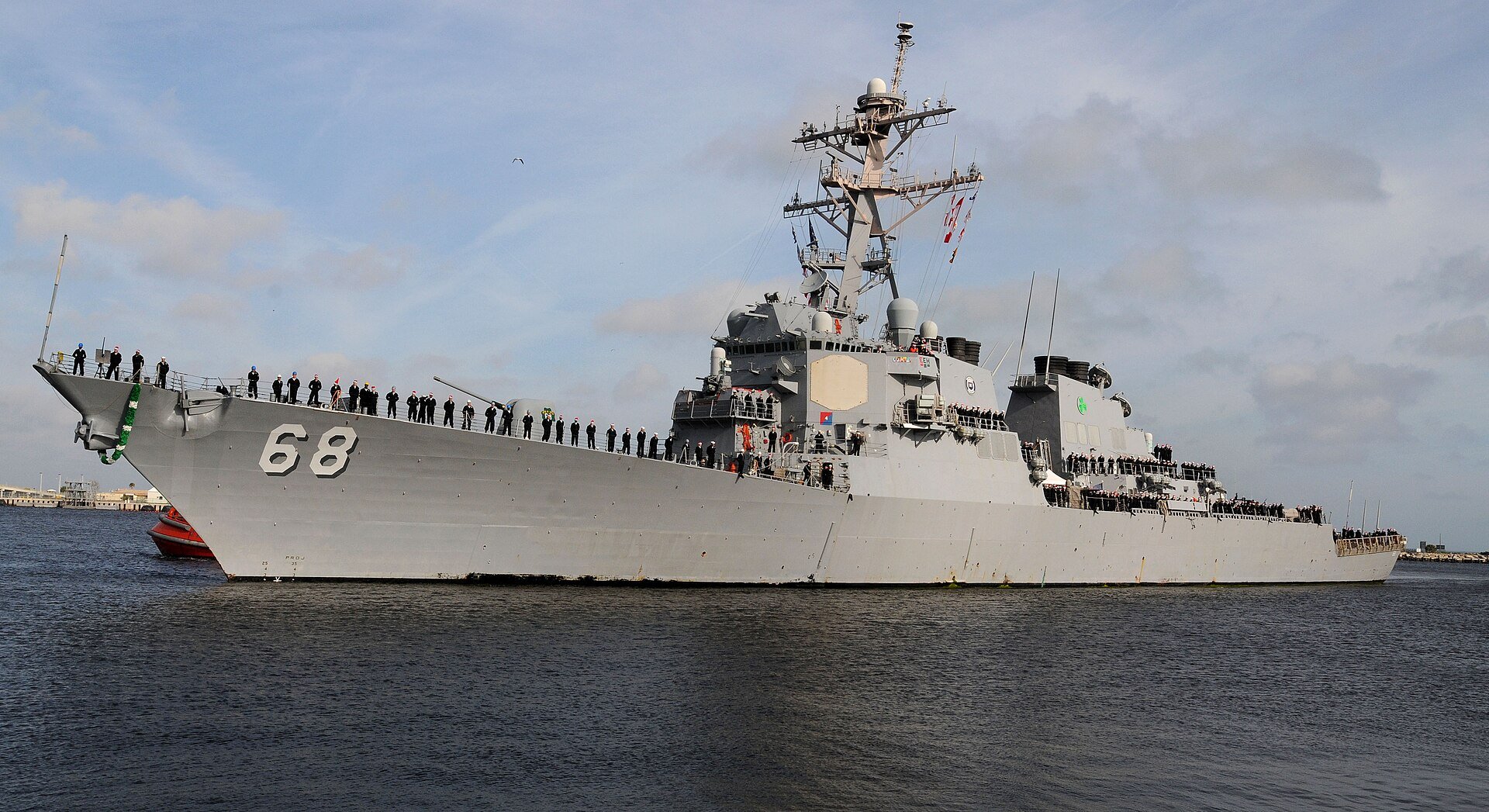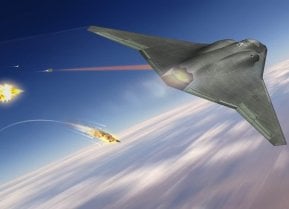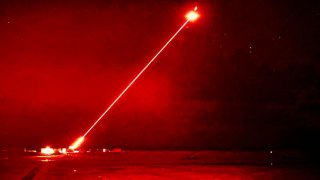Why Doesn't the U.S. Navy Get Armed with Laser Weapons?
The U.S. is ramping up its military presence in the Middle East, including deploying more fighter jets and warships, in response to escalating threats from Iran and its proxies. The Navy is exploring the use of laser weapons, such as the HELIOS, to counter the growing threat of drone and missile attacks.
Summary and Key Points: The U.S. is ramping up its military presence in the Middle East, including deploying more fighter jets and warships, in response to escalating threats from Iran and its proxies. The Navy is exploring the use of laser weapons, such as the HELIOS, to counter the growing threat of drone and missile attacks.

-Although progress has been made with laser systems like the LWSD and AN/SEQ-3, these technologies are still in the testing phase.
-Incorporating lasers could significantly enhance the Navy’s defense capabilities against UAV swarms.
Inside the Navy's Plan to Combat Drone Swarms with Laser Technology
The shadow war between Israel and Iran appears to be stepping into the light, and the U.S. is preparing for conflict to grow in the Red Sea.
Last week, American officials announced that additional fighter jets and Navy warships would be deployed to the Middle East in an effort to thwart escalating threats from Tehran and its regional proxy groups. Since Hamas launched its October 7 massacre against Israel, the U.S. Navy and its allies have shot down scores of attack drones and missiles fired by Iran’s affiliates. In April, Iran directly launched a massive barrage of projectiles toward the Jewish state. While the Israel Defense Forces, the U.S., and other allies intercepted the vast majority of the more than 300 missiles and drones Iran launched, the incident caused officials and analysts to wonder whether a laser system might bolster the U.S. Navy’s efficacy against such barrages.
Earlier this year, Rear Adm. Fred Pyle discussed the service’s progress on developing a laser weapon. High-energy lasers (HELs) and high-power microwaves (HPMs) in theory could counter unmanned aerial vehicles and rockets better than existing countermeasures. However, despite years of research on the concept, the Navy has not fielded any laser weapon. “We continue to invest in directed energy capabilities,” Pyle said. “It requires space, weight, power and cooling, which can be a challenge on our current surface combatants.”
Pyle noted that the means the Navy uses in the Middle East right now to defend Israel and commercial shipping are “performing extremely well. But we’re very focused on delivering directed energy capability and we’re building it into the future [budget requests] in mind with our frigate and the DDG(X) [the next-generation destroyer].”
Laser progress over the years
One decade ago, the Navy installed the AN/SEQ-3 Laser Weapon System on the USS Ponce amphibious transport dock. This unique system strikes at the speed of light, roughly 50,000 times the speed of an incoming ICBM. In 2021, the service’s USS Portland test-fired the 150-kilowatt Solid State Laser Technology Maturation Laser Weapons System Demonstrator (LWSD) in the Gulf of Aden. This LWSD packed five times the power of its AN/SEQ-3 predecessor. Most recently, the Navy installed its HELIOS high-energy laser on an Arleigh Burke-class destroyer. Capable of blasting more than 60 kilowatts of directed energy toward targets, this weapon is perhaps the most promising.

Although the incorporation of laser technology on every warship would be significant for the Navy as the threat of swarm UAV attacks rises, the service has been unable to fully field any directed-energy tool so far.
Navy warships carry a finite supply of munitions, so a vast enough volley of enemy UAVs is a real threat. The Standard Missile-2 is a formidable asset, but the introduction of laser weapons would certainly elevate the Navy’s ability to thwart enemy bombardments.
About the Author: Maya Carlin
Maya Carlin, National Security Writer with The National Interest, is an analyst with the Center for Security Policy and a former Anna Sobol Levy Fellow at IDC Herzliya in Israel. She has by-lines in many publications, including The National Interest, Jerusalem Post, and Times of Israel. You can follow her on Twitter: @MayaCarlin.
Image Credit: Creative Commons.


